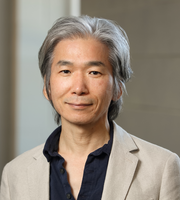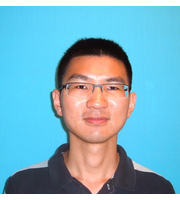Lee Group's Work on Solar Cells Highlighted by DOE
Twisting Molecule Wrings More Power from Solar Cells
Inside a solar cell, sunlight excites electrons. But these electrons often don’t last long enough to go on to power cell phones or warm homes. In a promising new type of solar cell, the solar-excited electrons have better odds going on to work. Why? Seung-Hun Lee’s group (Tianran Chen and Depei Zhang) and their collaborators revealed the dominant force behind the higher efficiency of these promising hybrid organic-inorganic perovskite solar cells. They found that positively charged molecules rotate in the cell. In moving, the molecules screen the excited charge carriers — electrons and holes (missing electrons) — from annihilation. Discovering this new microscopic mechanism offers a rational path to design novel materials for higher solar cell efficiency.
This work was published in PNAS this year and was selected as a research highlight by the U.S. Department of Energy Office of Science: https://science.energy.gov/bes/highlights/2017/bes-2017-11-c/
 Physics at Virginia
Physics at Virginia

